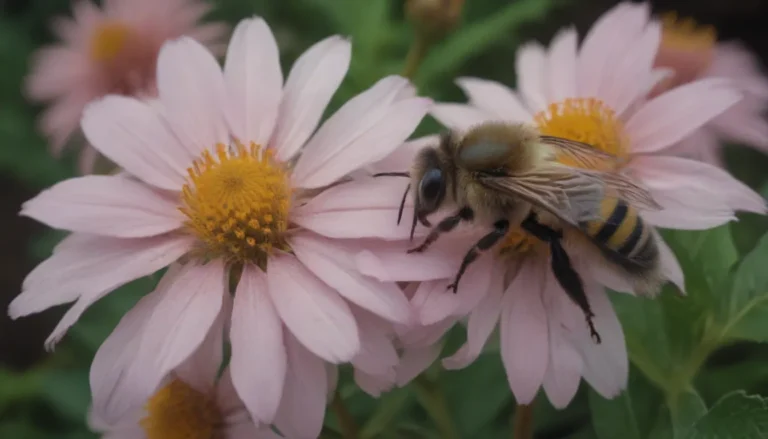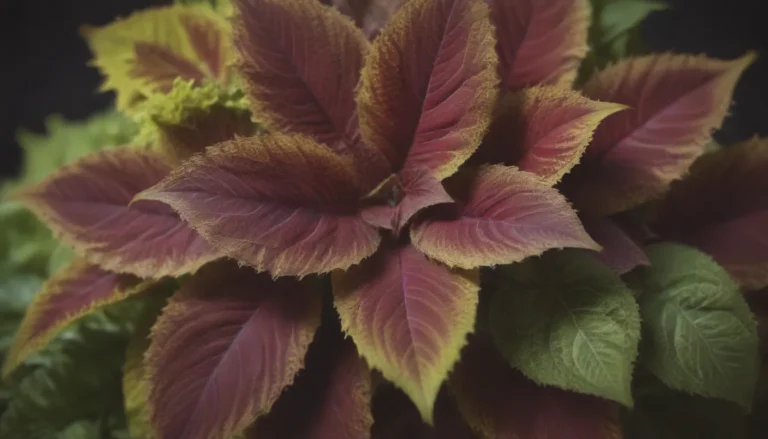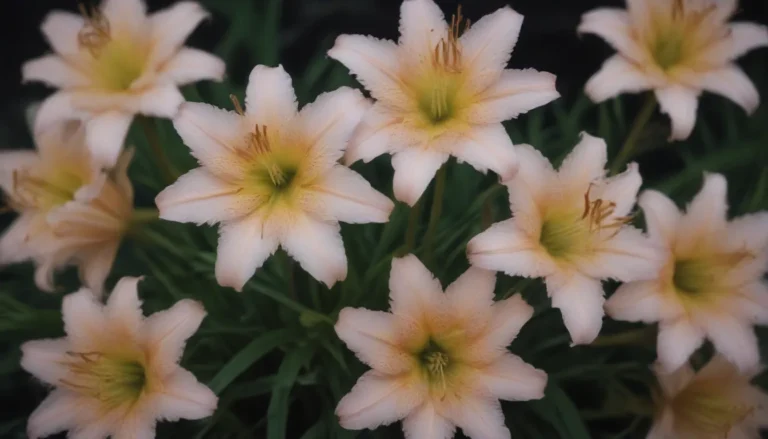Comprehensive Guide to Orchid Care: Everything You Need to Know

Orchids are often misunderstood as difficult plants to care for, leading many to abandon them once their blooms fade. However, with a little know-how, you can keep your orchids thriving and blooming year after year. These elegant plants can add a touch of sophistication to your home with their exotic flowers that can last up to three months. Whether you’re a beginner or an experienced gardener, understanding the basics of orchid care is essential for ensuring your plants’ longevity and success.
Types of Orchids:
- Phalaenopsis orchids are popular among beginners due to their ease of care and availability at various retailers.
- There are over 30,000 orchid species, each with specific care requirements. It’s essential to understand the needs of your particular orchid to provide the best care.
Choose the Right Planting Material
Selecting the proper planting material is crucial for the health and growth of your orchid. Consider the following options:
- Orchid Potting Mix: Purchase a specially formulated orchid potting mix with good drainage to prevent root rot.
- DIY Potting Mix: Create your own mix using a combination of mosses, shredded bark, dried leaves, sand, rocks, and perlite.
- Growing Medium: Some orchids prefer moist sphagnum moss, while others thrive in shredded bark. Research your orchid’s specific needs before potting.
The key is to keep the potting mixture loose and light, providing adequate hydration to the roots without causing waterlogging. Remember that orchids, including epiphytic varieties that cling to trees, require aeration for healthy growth.
Provide the Best Light
Proper lighting is essential for orchids to thrive and bloom. Consider the following tips for meeting your orchid’s light requirements:
- Indirect Light: Most orchids need indirect light, although the intensity may vary depending on the species.
- Shade Preferences: Some orchids thrive in lower light conditions, while others require bright, indirect sunlight.
- Nighttime Conditions: Orchids benefit from a period of darkness at night to encourage blooming.
To ensure your orchid receives adequate light, place it near a southeast-facing window in a room with natural light. Avoid exposing your orchid to direct sunlight, especially during the hottest hours of the day.
Maintain Temperature and Humidity
Orchids thrive in specific temperature and humidity ranges, mimicking their natural habitat. Consider the following factors when creating optimal growing conditions for your orchid:
- Temperature: Orchids prefer slightly higher temperatures during the day and slightly cooler temperatures at night. Avoid extreme temperature fluctuations that can stress the plant.
- Heating Sources: Keep your orchid away from HVAC vents, stoves, fireplaces, and other heat sources that can affect its growth.
Humidity levels are crucial for orchid health, especially for tropical varieties. Consider the following methods for maintaining adequate humidity:
- Tray of Pebbles: Place the pot on a tray of pebbles filled with water to increase ambient humidity.
- Ferns: Surrounding your orchid with ferns can help maintain moisture levels.
- Misting: Regularly mist your orchid with water to provide additional humidity.
Develop a Schedule for Fertilizer
Fertilizing your orchid is essential for providing essential nutrients for healthy growth and blooming. Follow these guidelines for fertilizing your orchid:
- Selecting Fertilizer: Use a fertilizer formulated specifically for orchids to avoid damaging the sensitive roots.
- Frequency: Start with monthly fertilization, increasing to bi-weekly when new growth appears.
- Signs of Overfertilization: Watch for symptoms such as discolored leaves, straggly growth, and salt buildup, indicating overfertilization.
Remember to flush your orchid with clear water if you suspect overfertilization and adjust your fertilization schedule accordingly. Proper fertilization will help your orchid thrive and produce vibrant blooms.
Give Your Orchid a Rest Period
After your orchid has finished blooming, it’s essential to provide a rest period to allow the plant to recover and prepare for its next bloom cycle. Follow these tips for managing your orchid during its rest period:
- Cutting Back: Trim the flower spike back to encourage new growth.
- Monitoring Growth: Keep an eye out for new leaves, roots, or pseudobulbs, indicating the plant’s readiness to bloom again.
- Watering: Adjust your watering schedule during the rest period to prevent overwatering or underwatering.
By following these steps and providing your orchid with proper care and attention, you can enjoy beautiful blooms year after year. Remember that each orchid species is unique, so it’s essential to research and understand your plant’s specific needs for optimal growth and success.
In conclusion, orchid care may seem intimidating at first, but with the right knowledge and a little practice, you can become a successful orchid grower. By providing your orchids with the correct planting material, light, temperature, humidity, fertilization, and rest periods, you’ll create an ideal environment for your plants to thrive. So, don’t be deterred by the misconceptions surrounding orchids – embrace the challenge and enjoy the beauty and elegance these plants bring to your home. With the right care, your orchids can live for many years, rewarding you with stunning blooms and a sense of accomplishment.





